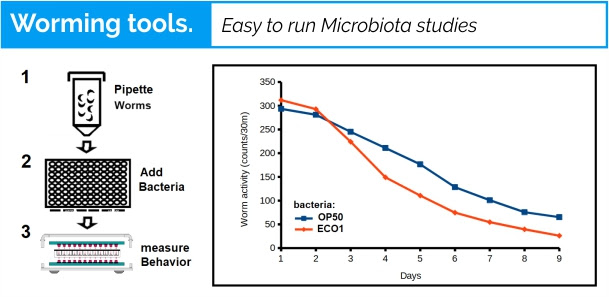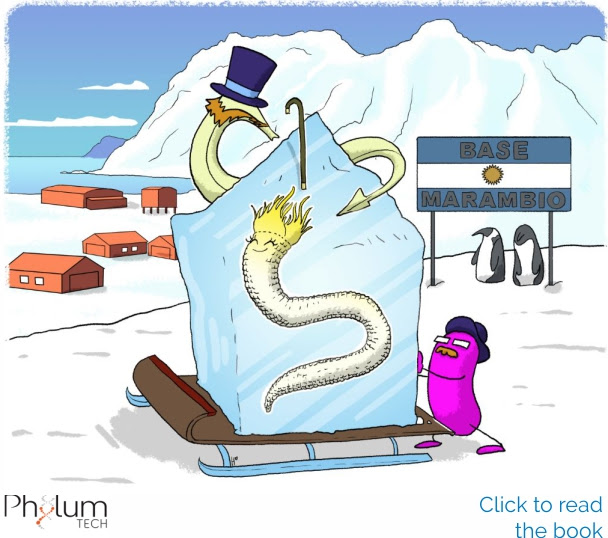
Scottnema lindsayae is the only soil metazoan in remote Antarctic deserts, at greater densities with altitude.

Scottnema lindseyae is a microbivorous nematode feeding on bacteria, yeast and algal cells. It has been found in a wide range of terrestrial habitats in the Antarctic. Moreover, in Antarctic deserts, which are among the driest and coldest places on Earth a positive correlation was found between nematode density and altitude. Less frequent habitats includes snow covered soil; near streams, in lake sediments and, mosses. This cephalob nematode reproduces sexually, with a life cycle unusually long of 218days at 10°C, suggesting that more than one austral summer may be required for successful completion. At laboratory conditions, temperatures higher than 10°C had a negative effect on life cycle parameters. An increase in Dry Valley soil temperatures associated with global environmental change will have detrimental effects on this antarctic soil nematodes.

Comparison of worm activity age decay in 2 different bacterial strains (strain1=OP50 vs strain2=EC1(Sigma-Aldrich)). 50 N2 adult worms where cultured in 96well microplates using: S complete medium + FuDR + E.coli strain (OD600=0.7). Plate was measured daily, 30minutes a day for 9 days, using WMicrotracker ONE.

